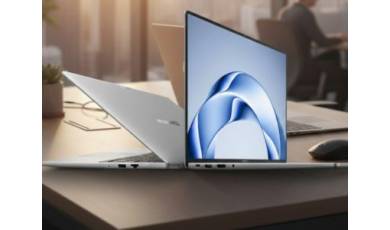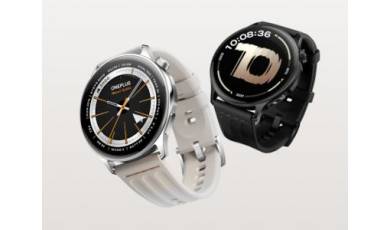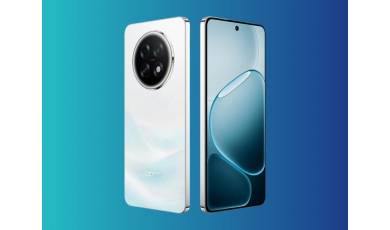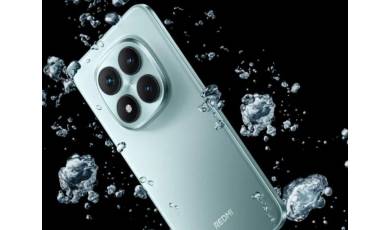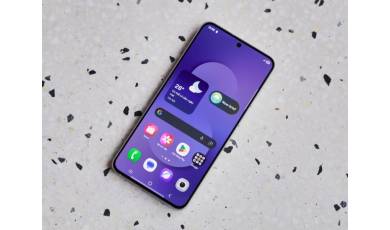Nokia 2875 specs.
Mobiles >> Nokia >> Nokia 2875| Specifications | Reviews | Secret codes |
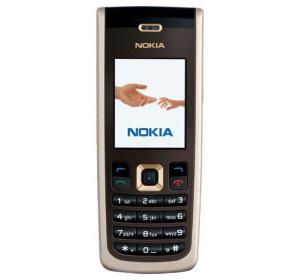
General characteristics Nokia 2875
Band:
CDMA 800
Type:
telephone
Platform:
Series 40
Enclosure type:
classic
Management:
navigation key
Type of SIM card:
plain
The number of SIM-cards:
1
Weight:
94 g
Dimensions (WxHxT):
43x106x19 mm
Screen Nokia 2875
Screen type:
color TFT, 262.14 thousand colors
Image size:
128x160
Calls Nokia 2875
Ringtones type:
64-voice polyphony, MP3-melody
Vibrating alert:
yes
Multimedia features Nokia 2875
Camera:
1.30 million pixels.
Recording movies:
yes
Audio:
MP3, FM-radio
Games:
yes
Java application:
yes
Communication Nokia 2875
Interfaces:
Bluetooth
Internet access:
WAP 2.0, EDGE, HTML
Synchronizing with your computer:
yes
Memory and processor Nokia 2875
Number of cores:
1
Memory card slot:
no
Message Nokia 2875
MMS:
yes
Power Nokia 2875
Battery type:
Li-Ion
Battery capacity:
900 mAh
Talk time:
6 h
Standby time:
336 h
Phonebook and organizer Nokia 2875
Organizer:
alarm clock, calculator, scheduler
Additional information Nokia 2875
Date of announcement (y-m-d):
2006-01-01
Comments, Questions and Answers about Nokia 2875
Ask a question about Nokia 2875

